I know I go on and on about quality, but there is a reason. The way I cook, and the recipes I publish here on this blog, often have just a handful of ingredients. And when your dish is made up of just 4 or 5 ingredients, if those ingredients aren’t the best you can possibly find, it’s going to affect the outcome of your dish. There is just no way around it.
I realize that not everyone has the same access to produce as I do. Seasons are different (hello Australia!) and farmer’s markets few and far between. That’s why I usually try and suggest some substitutions. And I love hearing what you come up with in terms of personalizing and improvising one of my recipes.
That said, there are certain basic ingredients that you can’t mess with. Yet it is exactly those common ingredients that I think people take for granted, that they consider just ‘background’ ingredients. One of these is extra virgin olive oil. Another is tomatoes. As I’ve written in the past, just because an ingredient is not in the title of the recipe, that doesn’t make it any less important to the success of a dish.
Another ingredient that people tend to take for granted and/or ignore completely are anchovies. Yes, I know, you either love them or hate them. But if you hate them? I have a feeling you’ve never really had great anchovies. Also? Even though you say you hate them, I am pretty sure that you have, over the years, eaten them and loved them, never suspecting they were even in the dish. They are a chefs secret weapon to add a wollop of flavor to almost any dish.
But what a lot of people don’t realize is that there are anchovies, and then there are great anchovies. A few months ago my friend Rolando was visiting for the weekend in Umbria, and he arrived with a little jar of the fishies as a gift. Usually, I’m used to receiving bottles of wine, wheels of cheese, even guest soaps as hostess gifts. But a little jar of anchovies? Well, ok.
At lunch the next day, when Rolando served the anchovies as our first course, we all understood the power of that little jar. Rolando toasted rounds of bread, laid a thick slab of butter on top, and then gently draped each crostini with one perfect, glistening, slightly silver anchovy. As we bit into them, we all realized these were not the overpoweringly fishy, salty filets that we were all used to, but a firm, almost sweet, explosion of the sea itself.
A few weeks ago I went with Rolando to find out more about these extraordinary anchovies. How they are fished, how they are processed and how, finally, they make it into those little jars and onto the table.
This video was filmed at:
IASA
Cologna di Pellezzano, Salerno
The anchovies from IASA are imported by Manicaretti (for wholesale) and available retail through Market Hall Foods
I was invited to visit Cetara and Amalfi coast by Manicaretti Italian Food Importers, and was the guest of IASA.
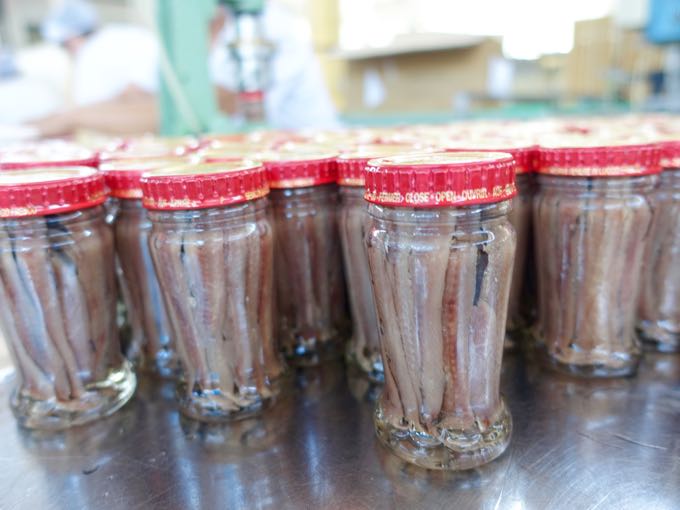
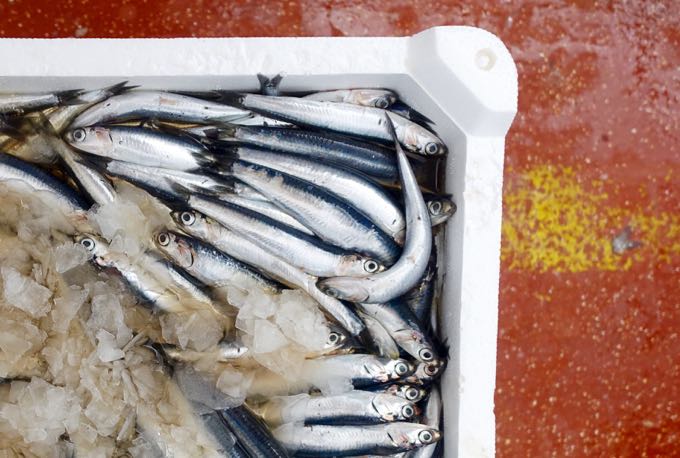
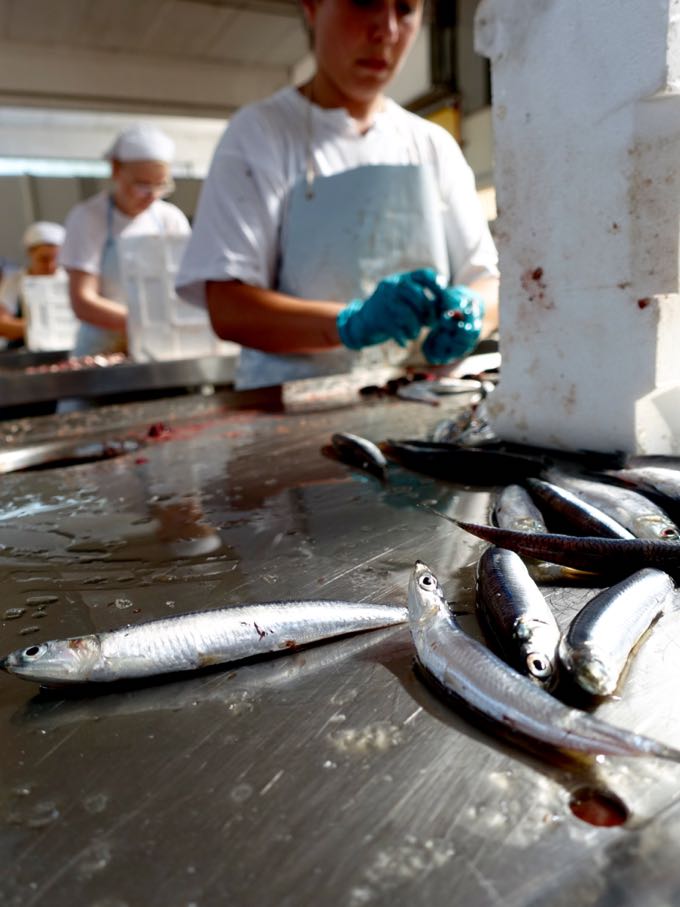
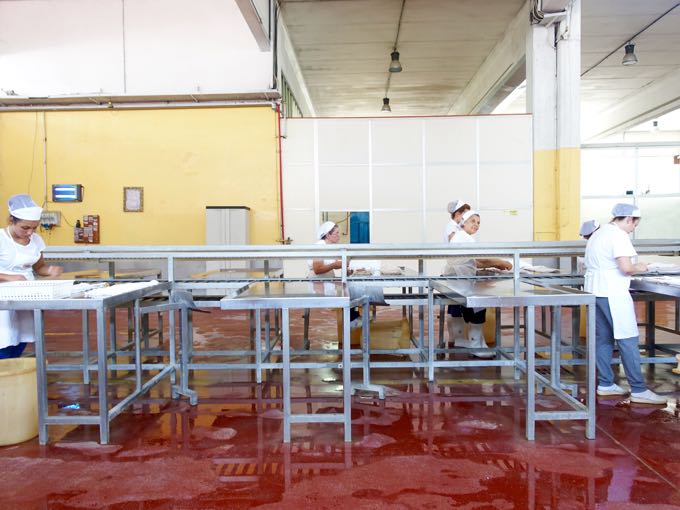
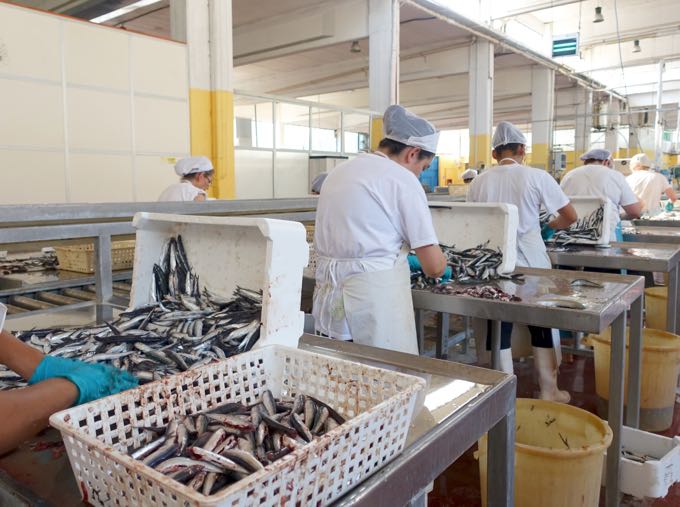
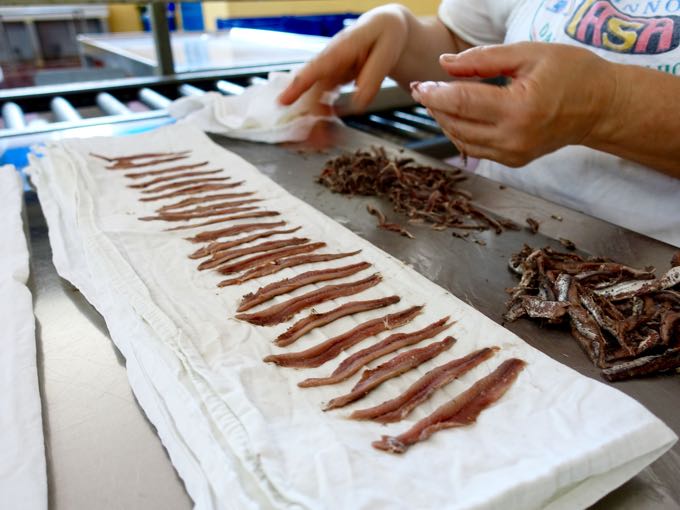
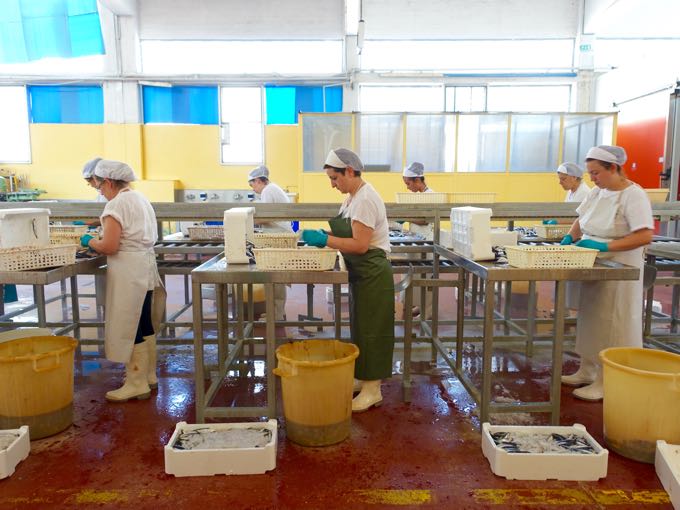
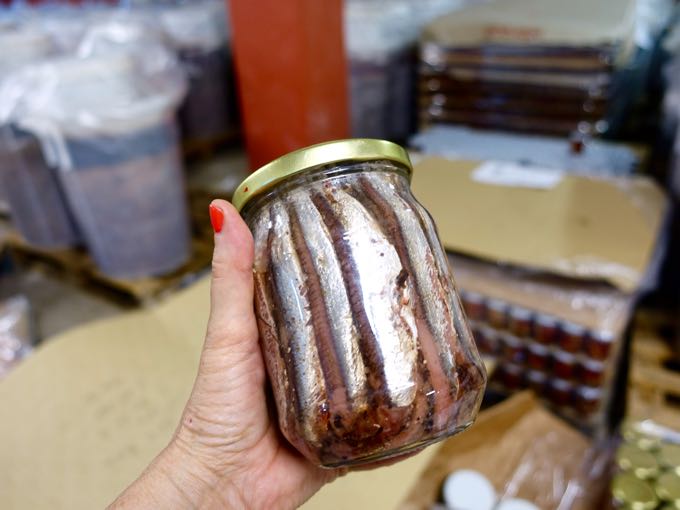
I’ll never forget the anchovies (and colatura) I enjoyed in Cetara. I also had excellent anchovies in Camogli. No one does seafood like Italians!
i loved this blog post! I learned a lot and I’ll look forward to sharing the information with the folks on my tours!
I may have mentioned I’m one of those ones who are on the hate side! Joe, my husband is like you! He would love these. Is it possible to find this product somewhere in Rome like Castroni?? As you mentioned, I have probably had them in Italy and never known, there was that utterly fabulous cauliflower pasta in Lucca… Great to see you doing these videos…they are very good and very informative, so thanks!
Hello Elizabeth
Thanks for that, very informative. I tend to prefer the salted anchovies, currently enjoying the Sicilian brand Agostino Recca which I buy in a large tin and keep in the fridge. They taste very fresh and light. Their website has several videos that are fun to watch. Also enjoy French anchovies from Collioure where we visited the factory and anchovy museum.